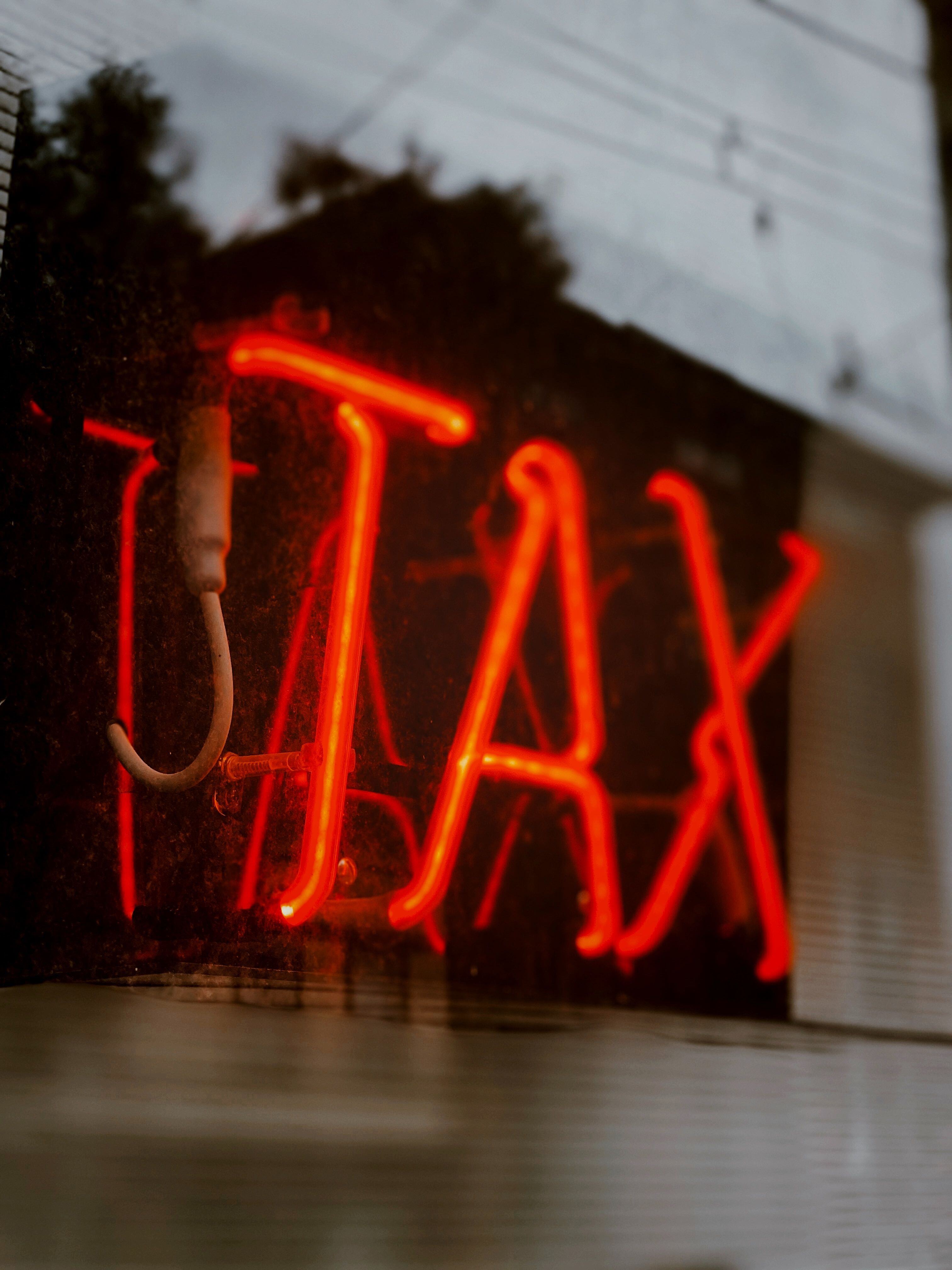Saving Taxes with a Twist: The Tale of Joe's Cost Segregation and Bonus Depreciation Adventure

Once upon a time in the bustling city of Taxville, there lived a man named Joe who had always been on the lookout for clever ways to save on his taxes. Joe wasn't your average tax-filer; he was a tax-saving enthusiast. One sunny morning in 2023, Joe stumbled upon a remarkable opportunity – a chance to save big on his taxes using cost segregation and the enticing 80% additional first-year depreciation that comes with it.
Joe had heard whispers about cost segregation and bonus depreciation from his tax-savvy friends, but he had never ventured into this territory himself. Intrigued by the possibilities, he decided it was time to embark on an adventure that would change his tax game forever.
He set out on his quest, armed with determination and his smart phone. His first stop was at the office of a tax expert named Chris, who was known far and wide for his knowledge of tax-saving strategies. Joe explained his quest to Chris, who eagerly agreed to be his guide through the world of cost segregation and bonus depreciation.
Chris began by explaining the basics. "Joe," he said, "Cost segregation is like a treasure hunt for tax deductions. It allows you to break down the cost of your property into different categories, each with its own depreciation schedule. This can help you accelerate depreciation deductions and reduce your taxable income."
Joe nodded, eager to understand how this worked. Chris continued, "Now, let's talk about bonus depreciation. In 2023, the IRS is offering an amazing 80% additional first-year depreciation for certain qualified property. This means you can deduct a significant portion of the property's cost in the first year, which can lead to substantial tax savings."
Joe's eyes lit up with excitement. He could already envision his tax bill shrinking. "But Chris, how do we combine cost segregation with bonus depreciation?" he asked.
Chris smiled, knowing he had piqued Joe's curiosity. "Well, Joe, it's like this. First, we perform a cost segregation study to identify the various components of your property. Then, we allocate the costs to shorter depreciation schedules. Once we have that breakdown, we apply the 80% additional first-year depreciation to the eligible components. This can result in significant tax savings, as you're accelerating depreciation deductions."
Joe couldn't wait to get started. With Chris's guidance, he conducted a cost segregation study for his property, which unveiled a treasure trove of depreciation opportunities. Armed with this newfound knowledge, they calculated the potential tax savings using bonus depreciation.
As they worked through the numbers, Joe couldn't believe his eyes. The tax savings were substantial, and he was overjoyed at the thought of what he could do with the extra money. He thanked Chris profusely for being his tax-saving guide and vowed to spread the word about the wonders of cost segregation with bonus depreciation.
With a smile on his face, Joe looked forward to filing his 2023 taxes, knowing that he had successfully reduced his taxable income through the strategic use of cost segregation and bonus depreciation. He toasted to his tax adventure and eagerly awaited more opportunities to save on his taxes in the future.
Using Joe’s situation as an example, here’s the savings he achieved using a cost segregation study with bonus depreciation:
Property purchase price - $450,000
Depreciable basis - $350,000 (purchase price minus land value)
First-year depreciation deduction using cost segregation - $91,947
First-year MACRS depreciation with NO cost segregation - $3,704


